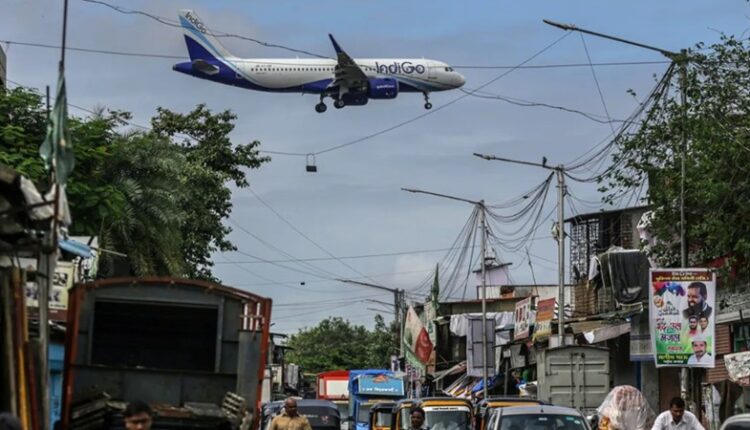Skyrocketing Airfares Challenge Accessibility as India’s Aviation Landscape Shifts
Ten News Network

New Delhi, August 31, 2023: As India’s airline industry consolidates into a duopoly led by IndiGo and Air India, airfares are witnessing a significant surge, challenging the country’s reputation for affordable flight prices.
Amidst this transformation, airfares on the Mumbai-New Delhi route have risen by 23% from last year, and India experienced the highest airfare increase of 41% in the region during the first quarter of this year compared to 2019. This trend is attributed to the dominance of a few major players in the market, leaving smaller carriers struggling to survive.
IndiGo, with a 63% market share, is set to capture even more traffic with a large order of Airbus planes, while Air India’s plans to absorb Vistara and acquire AirAsia’s local unit contribute to its growth. However, smaller airlines like Go Airlines India and SpiceJet are facing challenges, with the former having already ceased operations.
“The aviation market in India is transitioning to a few large players,” noted Rajat Mahajan of Deloitte Consulting, highlighting the resultant reduction in consumer choices and the consequent rise in ticket prices. This surge in airfares could hinder Indian Prime Minister Narendra Modi’s goal of making air travel accessible to a wider demographic.
As the government urges airlines to maintain reasonable domestic airfares, the growing prices could impede the effort to boost regional connectivity and increase the number of operational routes. Amidst factors such as inflation in labor and supply chain costs, shortages in aircraft production, and high oil prices, the airline industry faces a complex challenge of balancing affordability with sustainability.
“While expensive tickets are bad for consumers, they can help airlines sustain their post-pandemic bumper profits,” observed Geoffrey Weston of Bain. The dichotomy between growing demand and resource constraints is putting pressure on airlines’ capacities and cash flow, ultimately impacting travelers and their choices. As India’s middle class experiences an increase in disposable income, the future of air travel hinges on a careful balance between affordability and demand stimulation.
“While airfares continue to soar, people are more inclined to explore other modes of transport,” warned Mahajan, suggesting that the post-pandemic surge in demand might eventually taper off as airfares remain a critical consideration for travelers.

